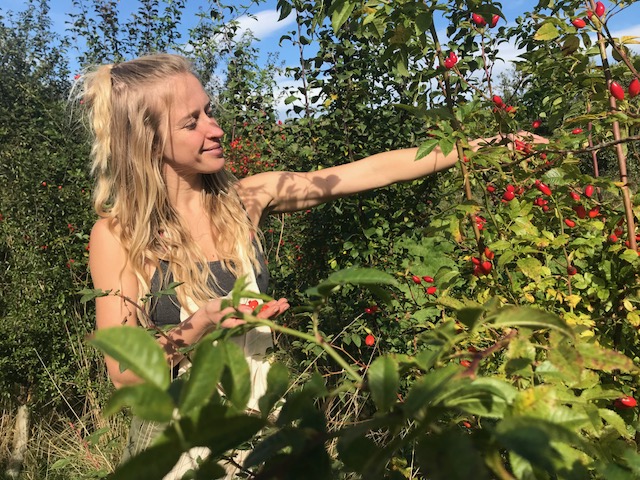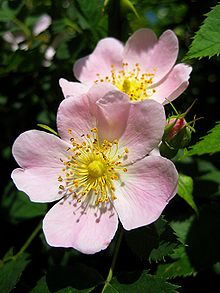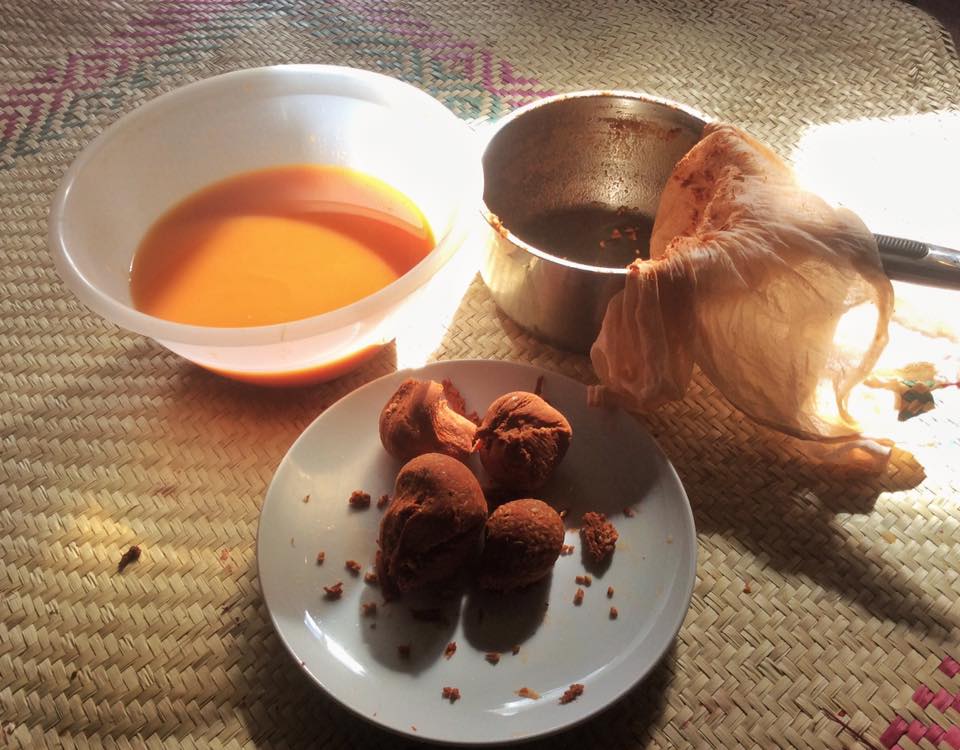
Foraging foods
Last week at the orchard there was much discussion within the volunteer group about how our parents and grandparents commonly used foraged foods for culinary uses such as the mustardy flavours of jack of the hedge in salads and a variety of hedgerow wines and meads such as damson wine. An interesting point brought up was how foraged foods in the past were used as an important part of a daily diet. It is important that this valuable plant knowledge continues to be passed down through the generations. Foraging is a fun way to get outside and enjoy the local landscape and many still collect wild plants to use in their everyday lives.

One of the the rose hips picked and valued for their medicinal use comes from the native Dog Rose (Rosa canina) which we have growing abundantly at Cae Bodfach.
Rose hips have many medicinal properties and health benefits, most famously when used fresh rose hips contain high values of vitamin C, Making them a very good native and natural source of vitamin C. Their benefits can be obtained in many ways including oils, teas, syrups, ketchups and jellies.
As with any foraged food it is important to be able to positively correctly identify them and understand how to use them responsibly. And with rose hips its important to remember that you cannot eat them raw and that they have little hairs inside them can irritate the digestive tract but these are easily destroyed by cooking or drying the hips.
As the rose hips were so abundant at Cae Bodfach Stefanie and I decided we would gather some up and make a fresh batch of Rose hip syrup. Below are some photos of our batch from last year with some other foraged food goodies such as rose hip honey.
This is the recipe we followed, but there are many to choose from: https://www.rivercottage.net/recipes/rosehip-syrup
Have fun Foraging!

